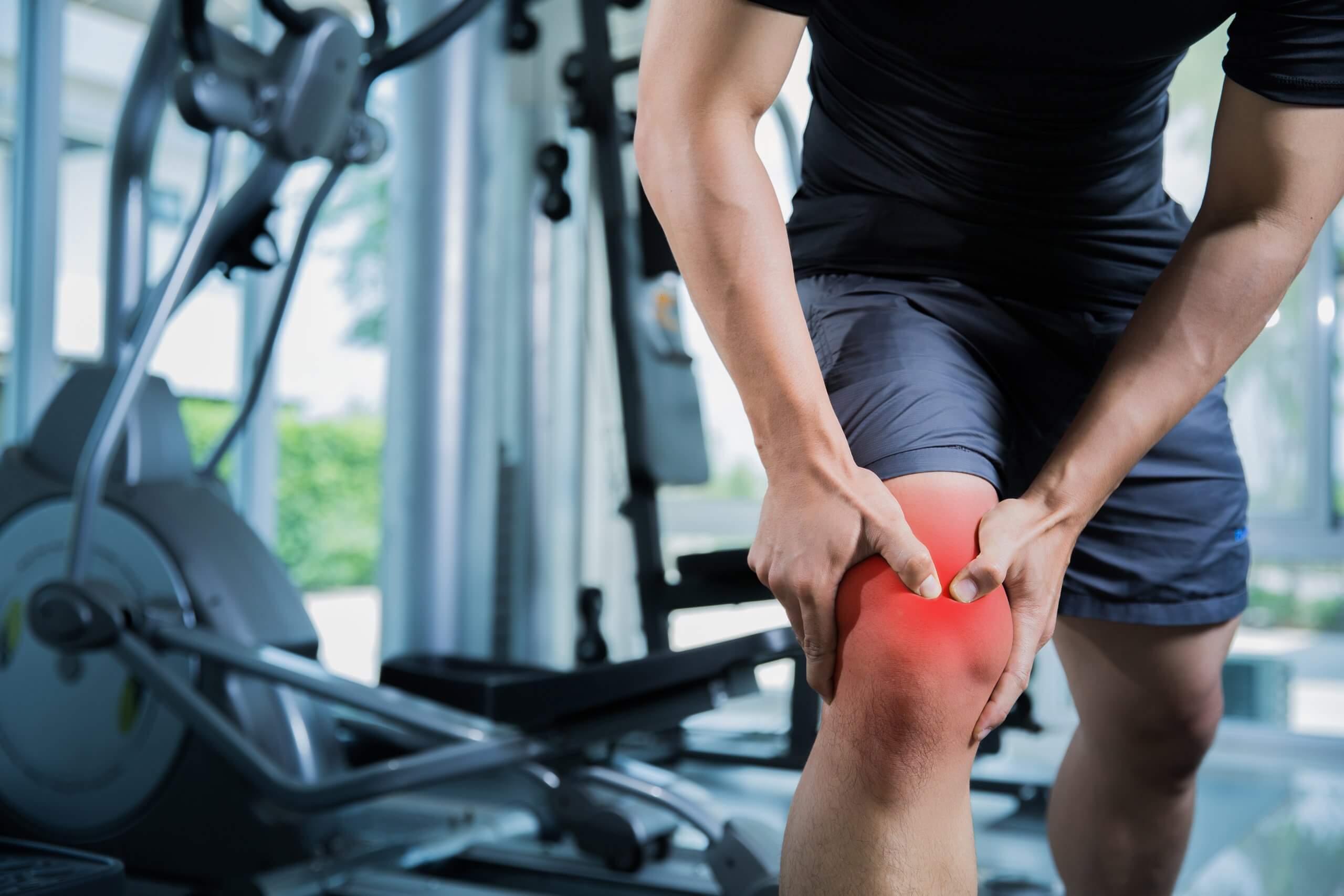Athletes and people who do recreational exercise often end up with joint and muscle pain. Therefore, they often wonder if it is okay to work out with sore muscles and like to know how to push through the pain of exercise. But sports or another strenuous physical activity is not the only cause of joint, tendon, muscle and soft tissue pain. Chronic illness, injuries such as fractures, strains and sprains, bursitis, arthritis, osteoarthritis, fibromyalgia, and other traumatic conditions are among the common factors that cause pain in the body. If you need to incorporate an exercise plan to treat an injury or a disease of the bones, muscles, and tendons, the best person to lead you through pain management is your physiotherapist.
The Difference between Good and Bad Exercise Pain
There is no one right answer that solves the issue for all painful conditions during exercise. Generally speaking, however, you should learn how to distinguish between “good” and “bad” pain. Athletes, for example, experience good pain as a result of microtrauma – microtears to the muscles. Muscles tear up due to the stress of exercising popularly called “muscle burn”. To some extent, muscle burn is a good thing – it is the reason that improves athletes’ physical condition. That is how muscles are trained to perform better.
Good pain accompanied by post-exercise fatigue should leave your body within three to seven days, depending on your fitness level, age, and the activity you engage in. However, you should be careful with pain and fatigue that lasts longer than that and causes an overall decline of your wellbeing. This type of pain won’t go with the release of good hormones and enzymes from your next workout. Many athletes tend to overtrain to achieve better results and end up with bad pain. Generally, you should be careful with pain that won’t go away 24 to 48 hours after working out.
What Happens to Muscles, Tendons, Bones, and Joints When You Overexert Yourself?
Overextended muscles, joints, tendons, and cartilage, can suffer permanent damage and cause lessened performance over time.
Muscles can swell and hurt to touch, even release damaging proteins and hurt kidney health.
Bones strengthen when exposed to repetitive activity in one area, but if you overtrain, the bone will weaken and become prone to fractures.
Similarly, tendons get inflamed, causing tendonitis and other overuse injuries. The common denominator for all overuse injuries is excessive remodelling. Remodelling is the process which happens when old tissue gets broken and repaired with exercise. When the damage is stronger than the repair, overuse injuries can happen.
Cartilage, the soft white tissue at the end of the bones that enables smooth bone movement can suffer rapid wear and tear if you train over your limits.
With all that pressure to the muscles, the bones, and the cartilage, joints suffer from overexertion, too. They are strong, but they do have their limits. For instance, if you work with heavyweights, jump too strong on hard surfaces, or suddenly overexert your body in any other way, your joints may get hurt and suffer long-term damage.
Should You Push through Muscle Soreness?
You should take sufficient amount of rest to let your body restore and get rid of the bad stress accumulated in all of these areas. With age, you might need to dedicate more time to rest and less time to exercise.
As a general rule, you shouldn’t do anything painful unless it is the typical muscle burn. You should pay attention to any pain lasts longer than usual after training. Localized pain should be immediately attended. Overall weakness is also a bad sign because physical activity should leave you refreshed and invigorated.
Usually, recreational athletes find it easier to follow this advice as they don’t need to compete. Professionals are more prone to overextending themselves and causing injuries as a result.
Pain after exercise is called DOMS or delayed-onset muscle soreness. Effective ways for dealing with DOMS to maintain stamina are stretching and light cardio activities such as swimming or cycling. Core strength exercises are also useful to maintain form unless the pain is located in that area. As they work out more, athletes tend to know their bodies better and should be able to tell if something is wrong before it gets out of hand.

